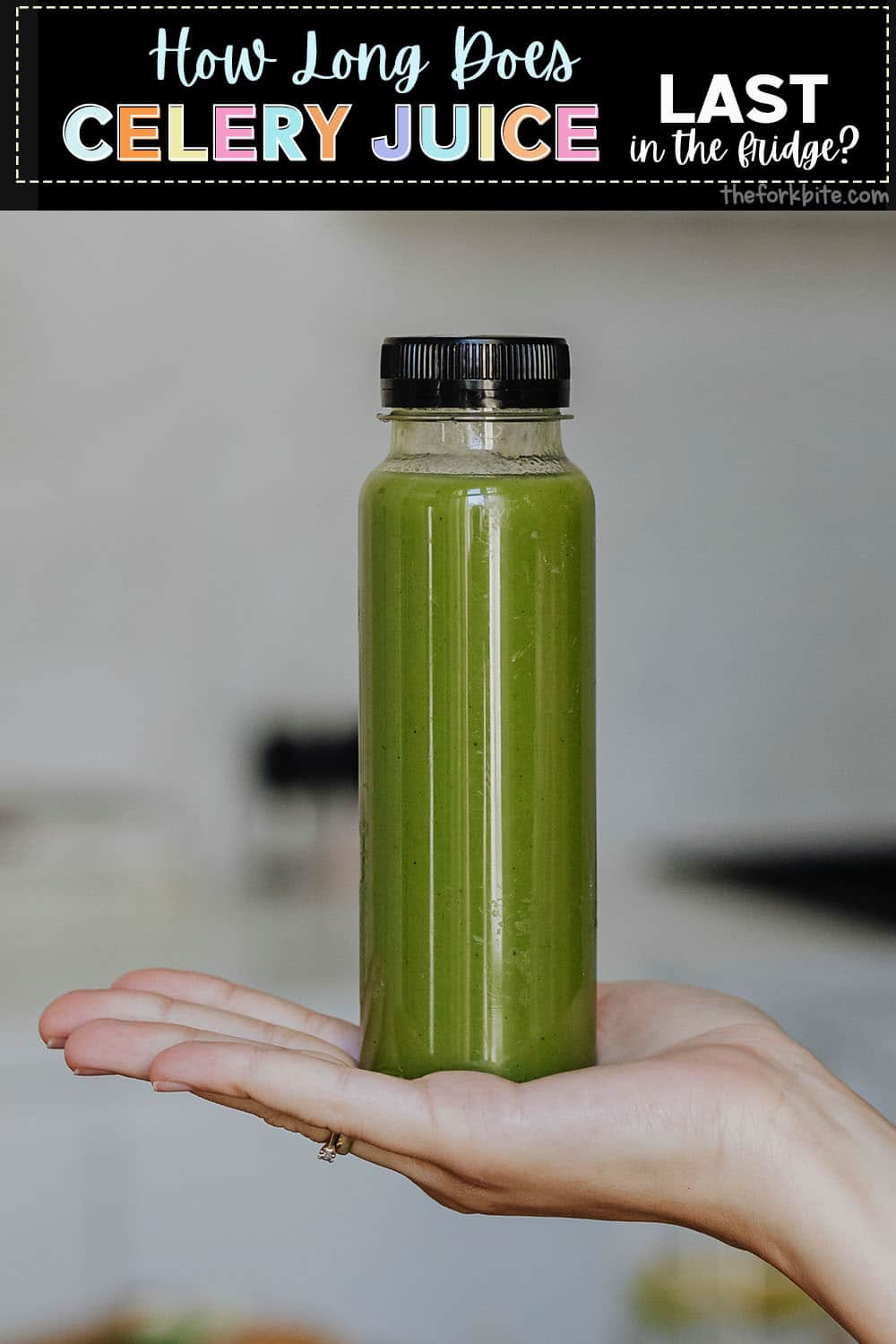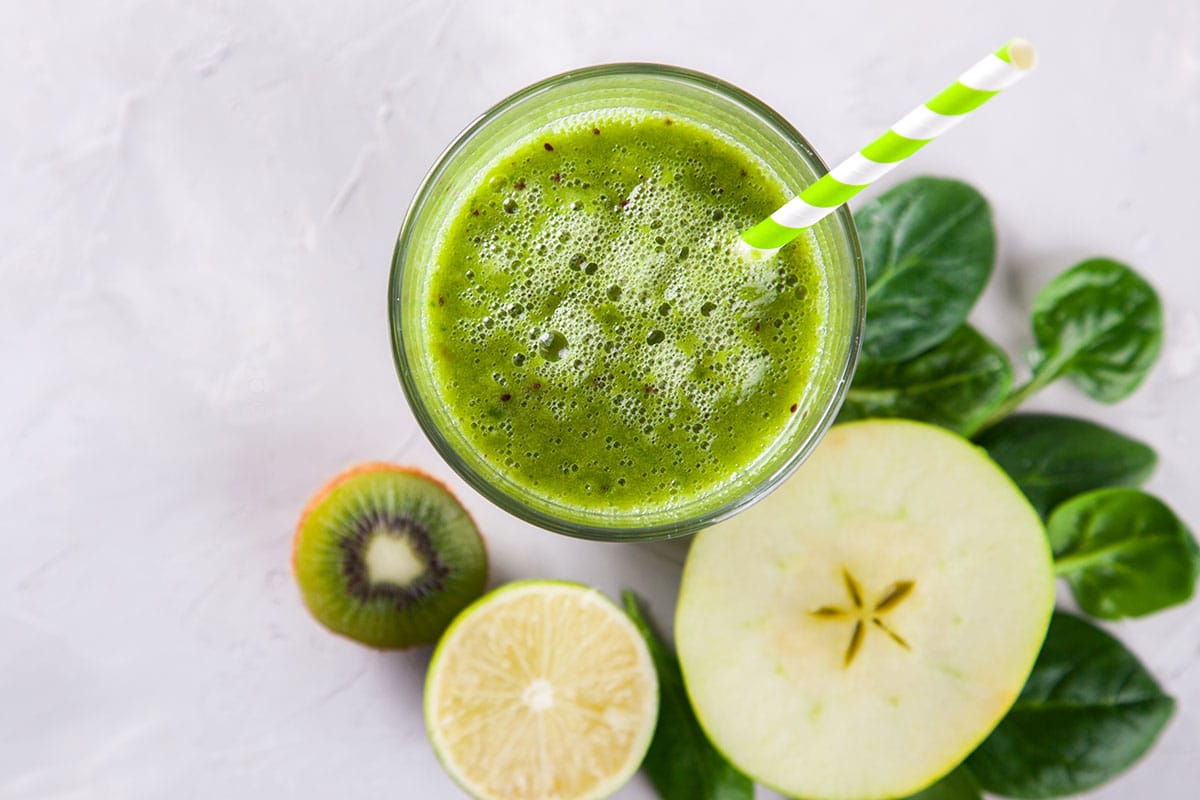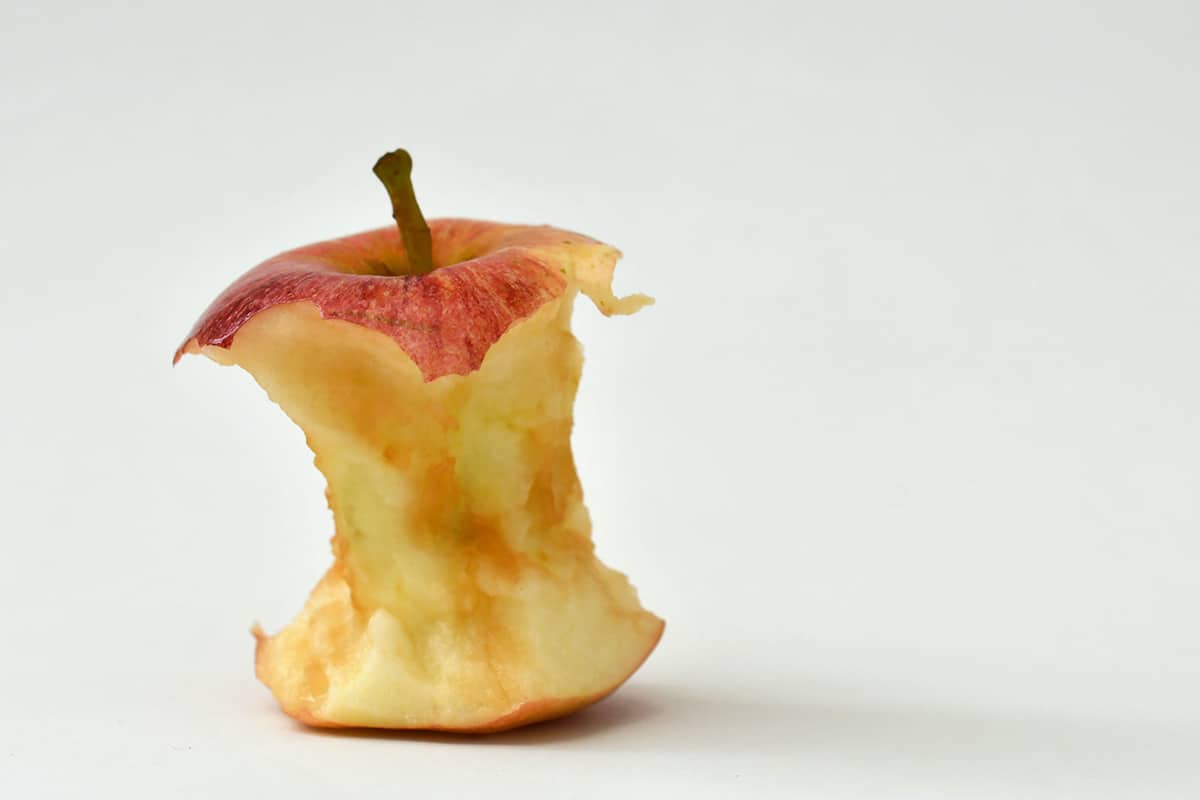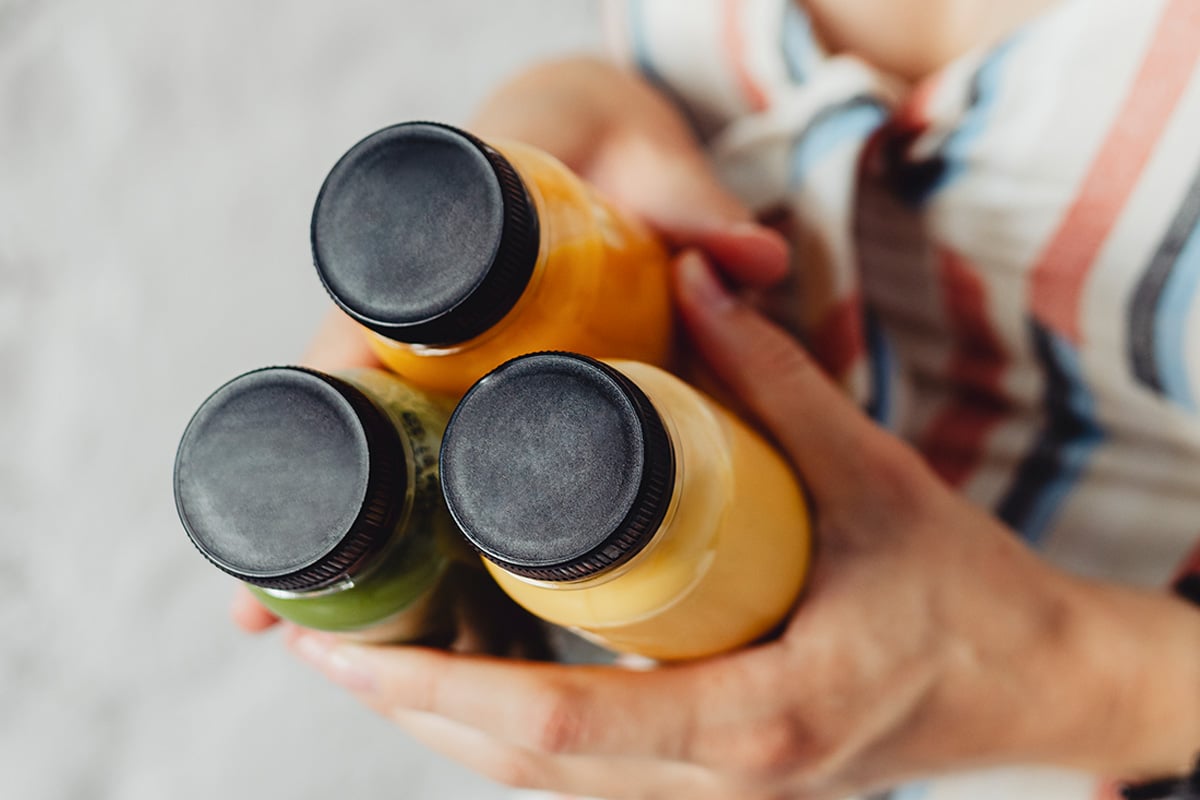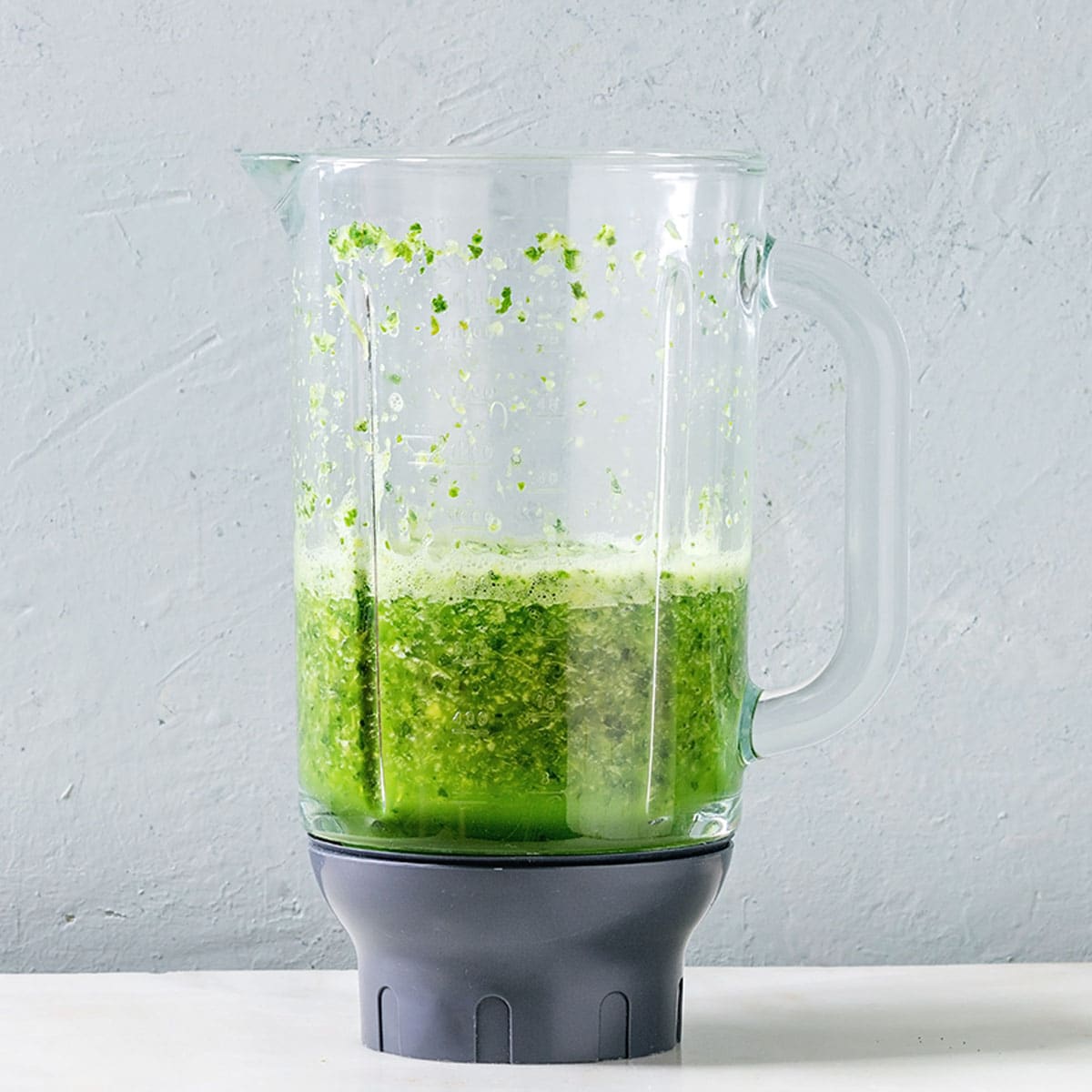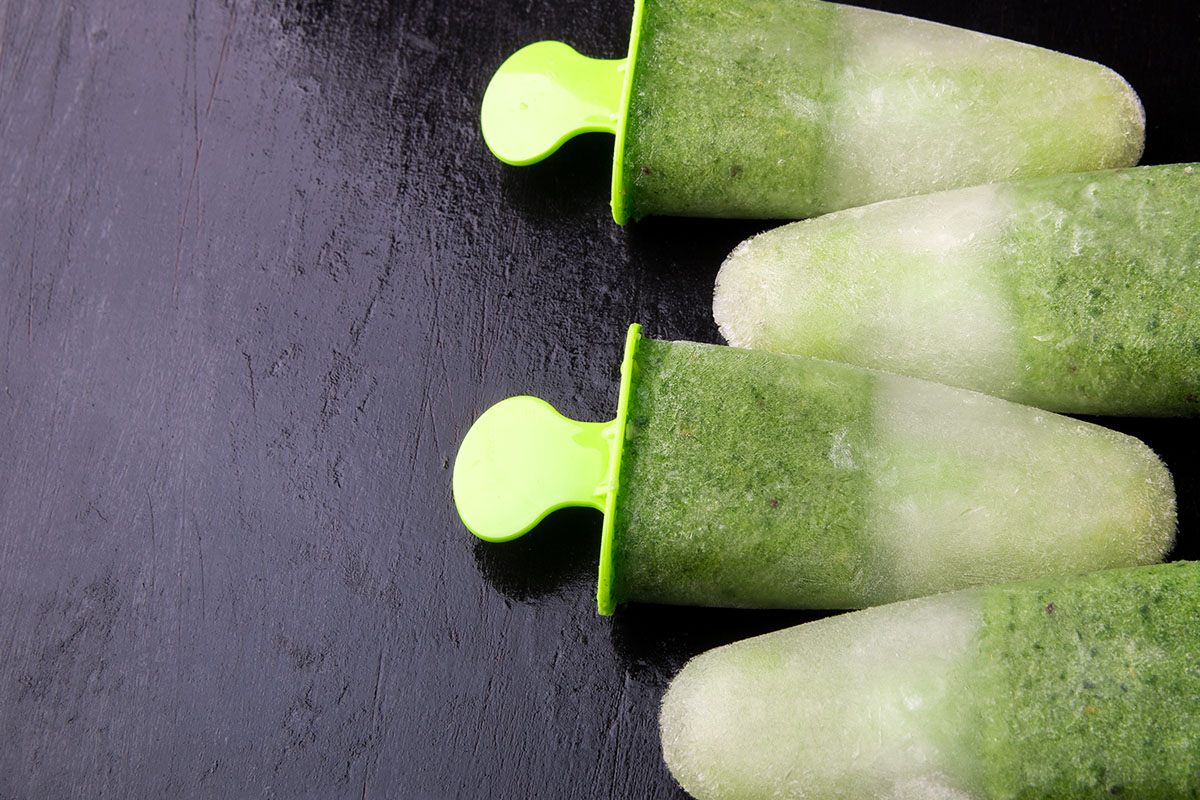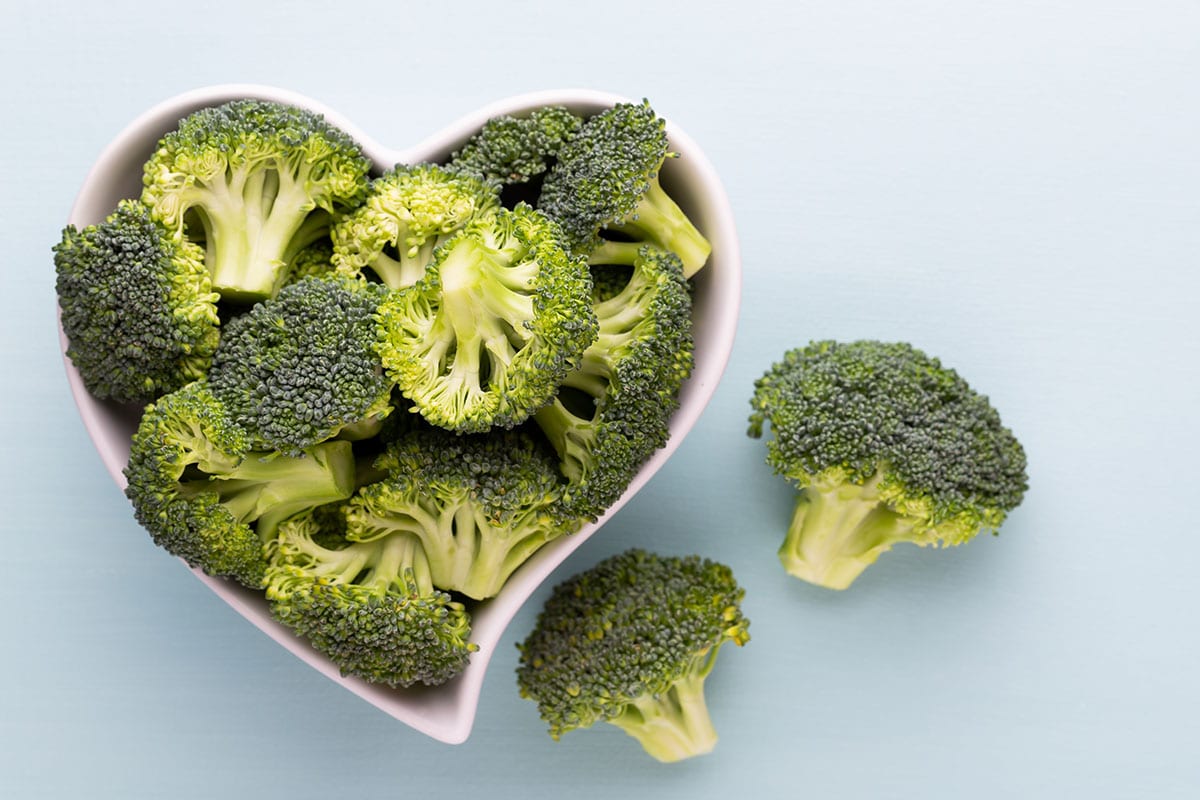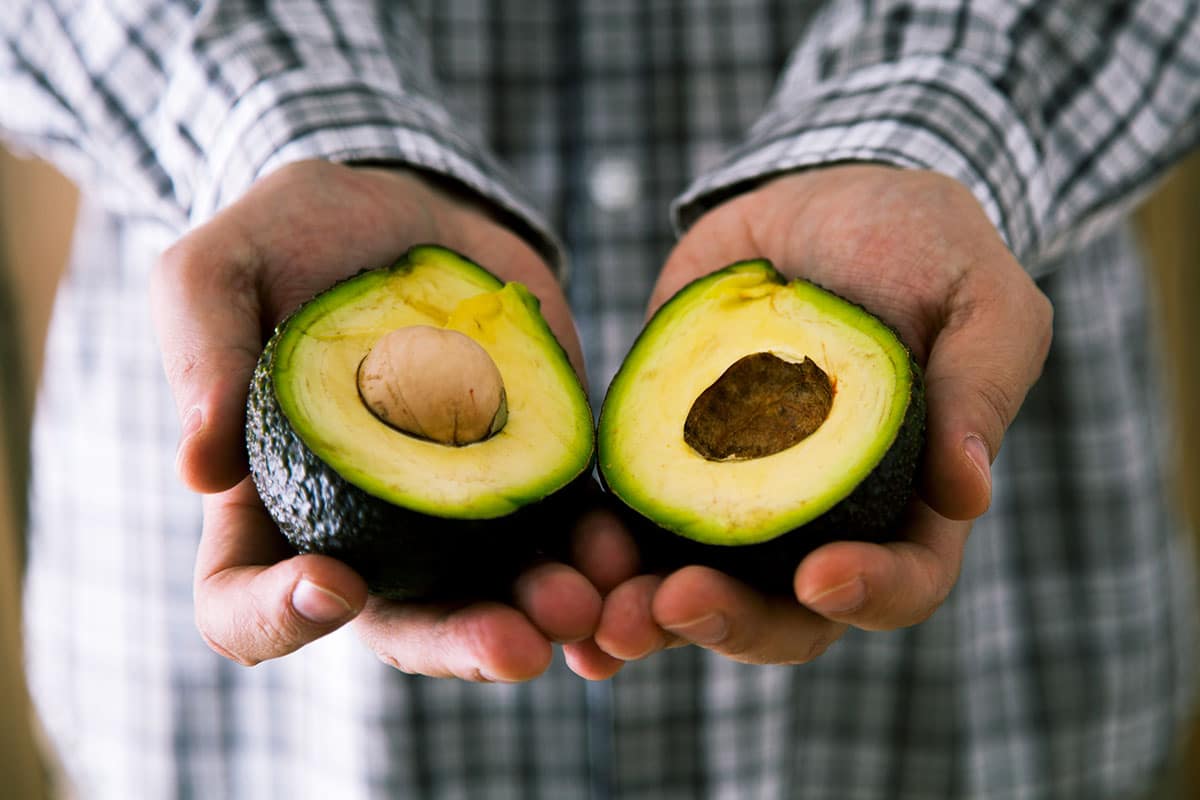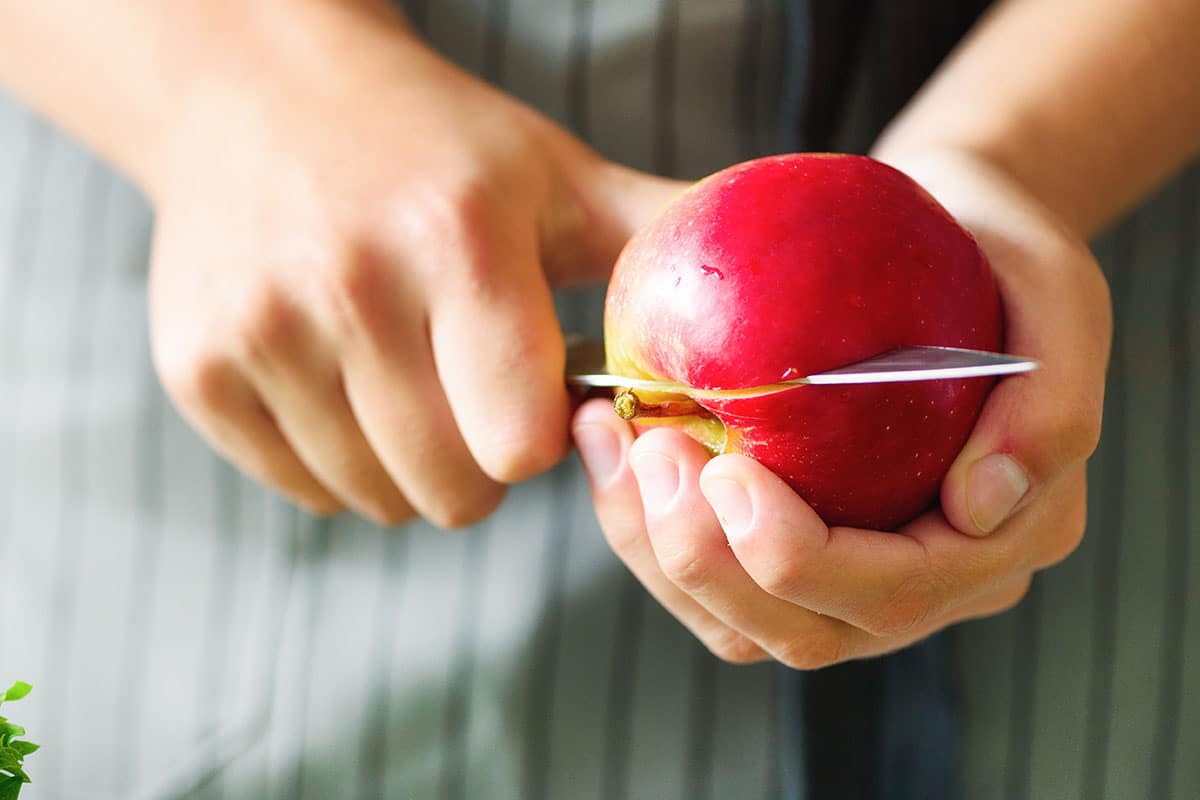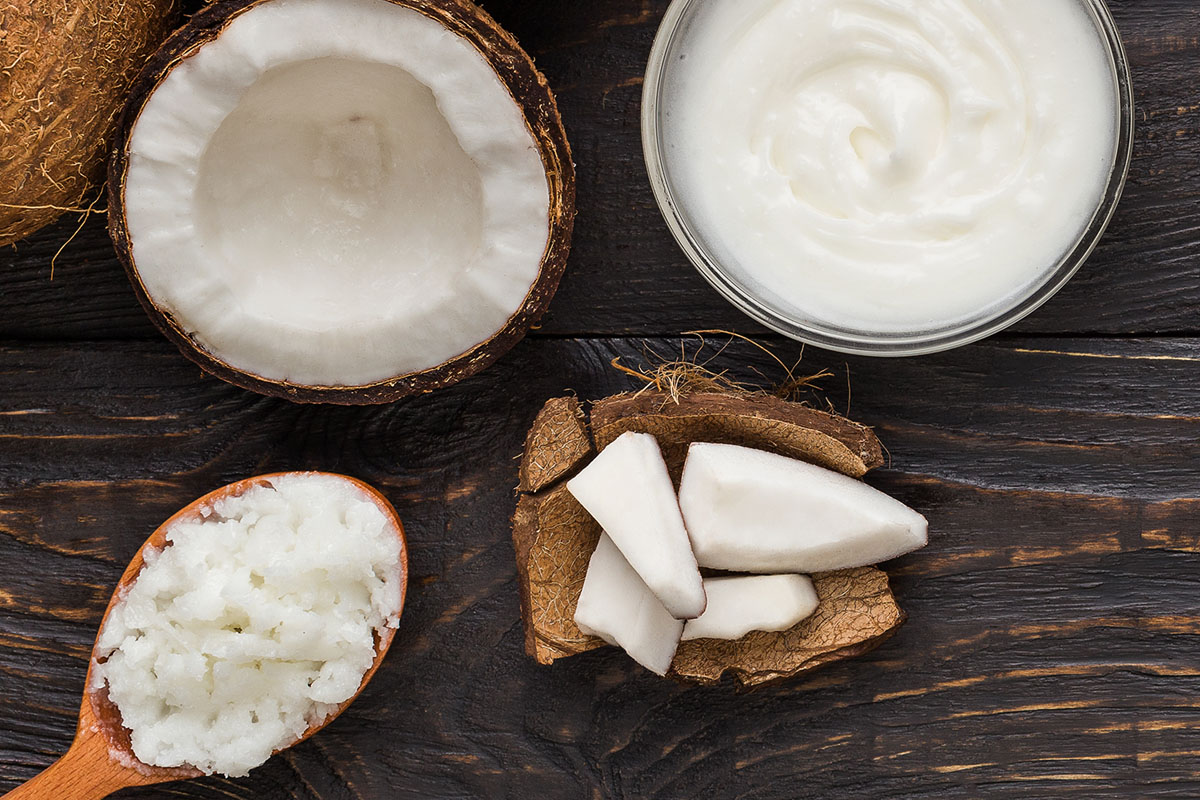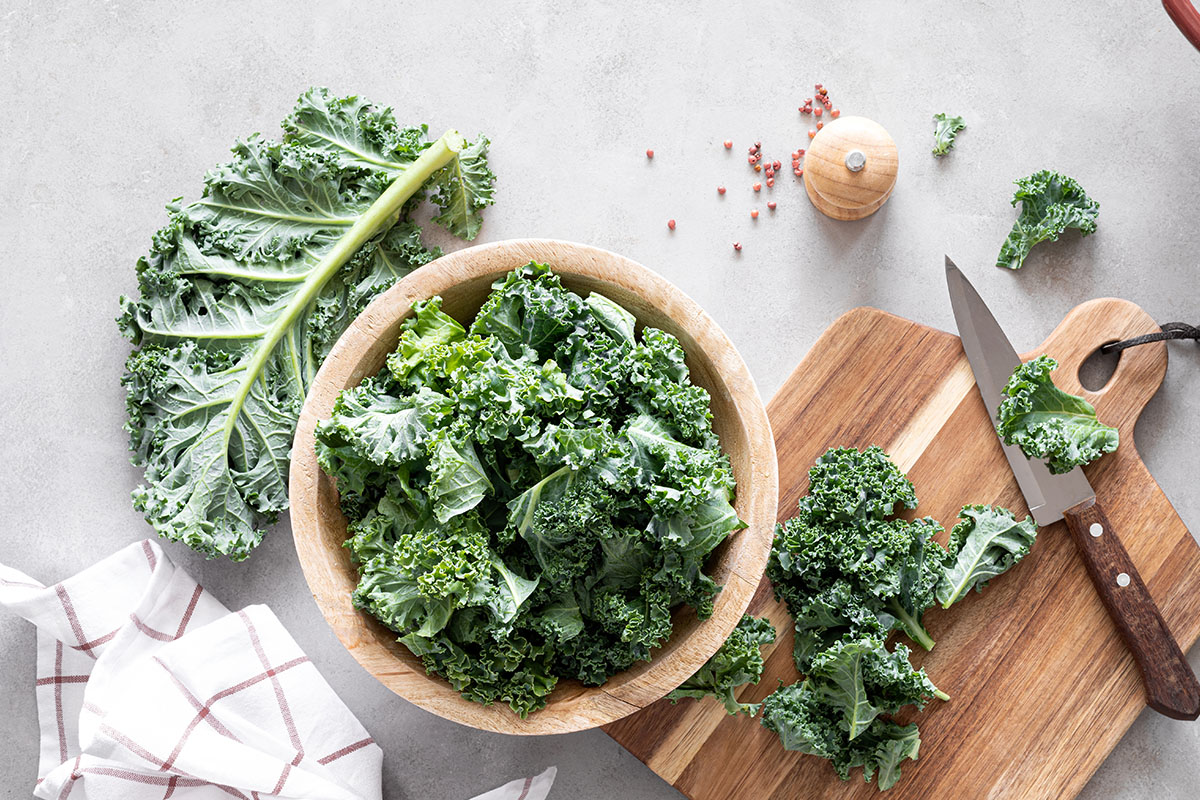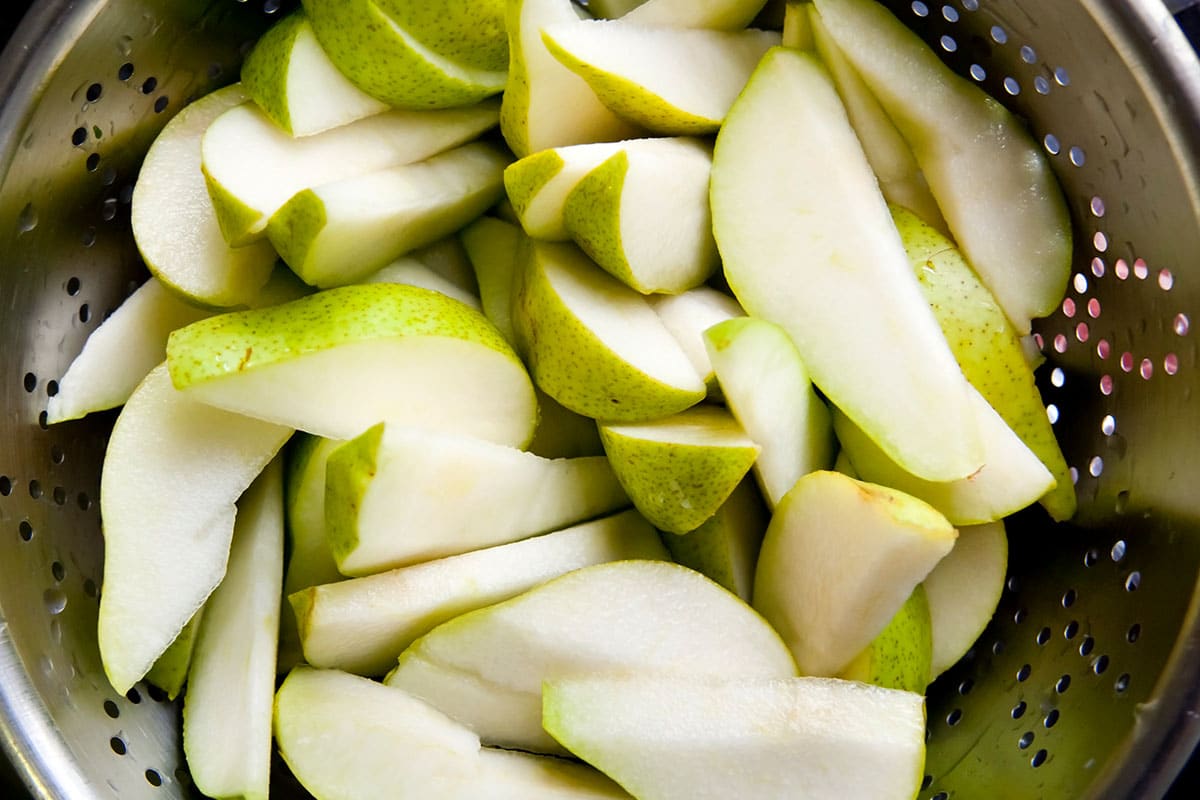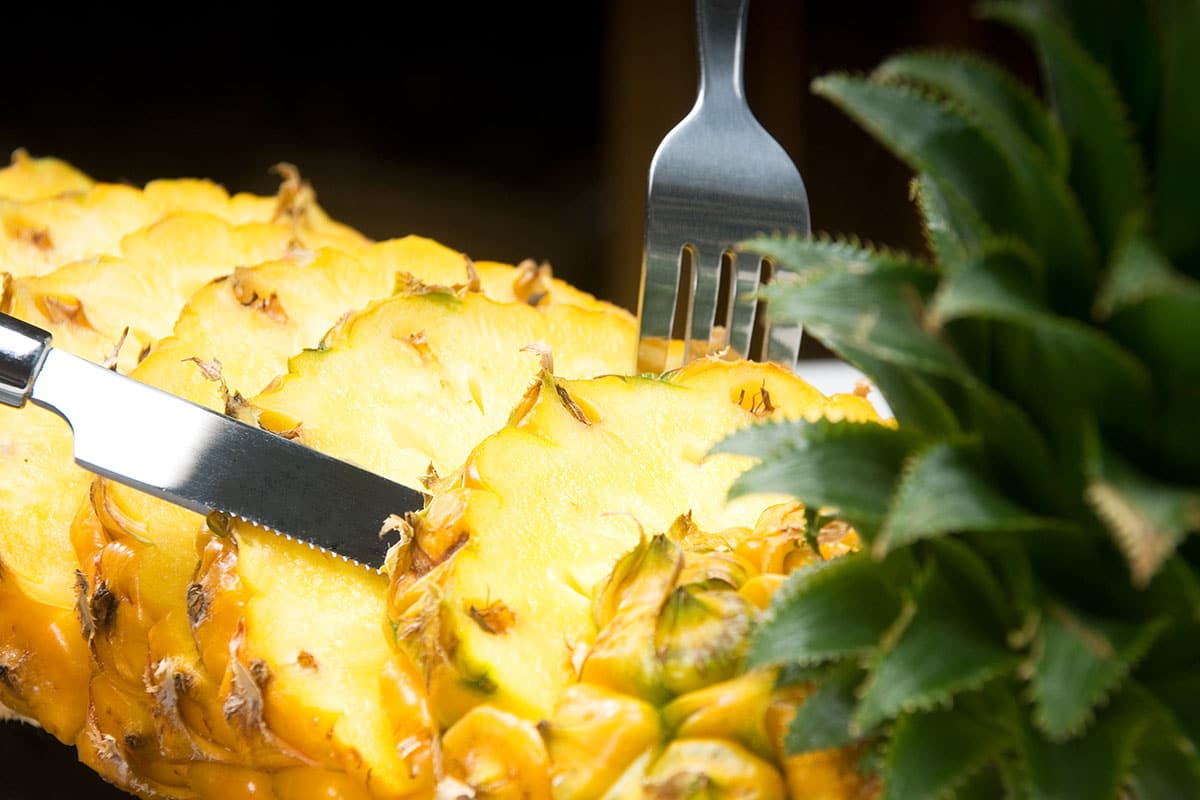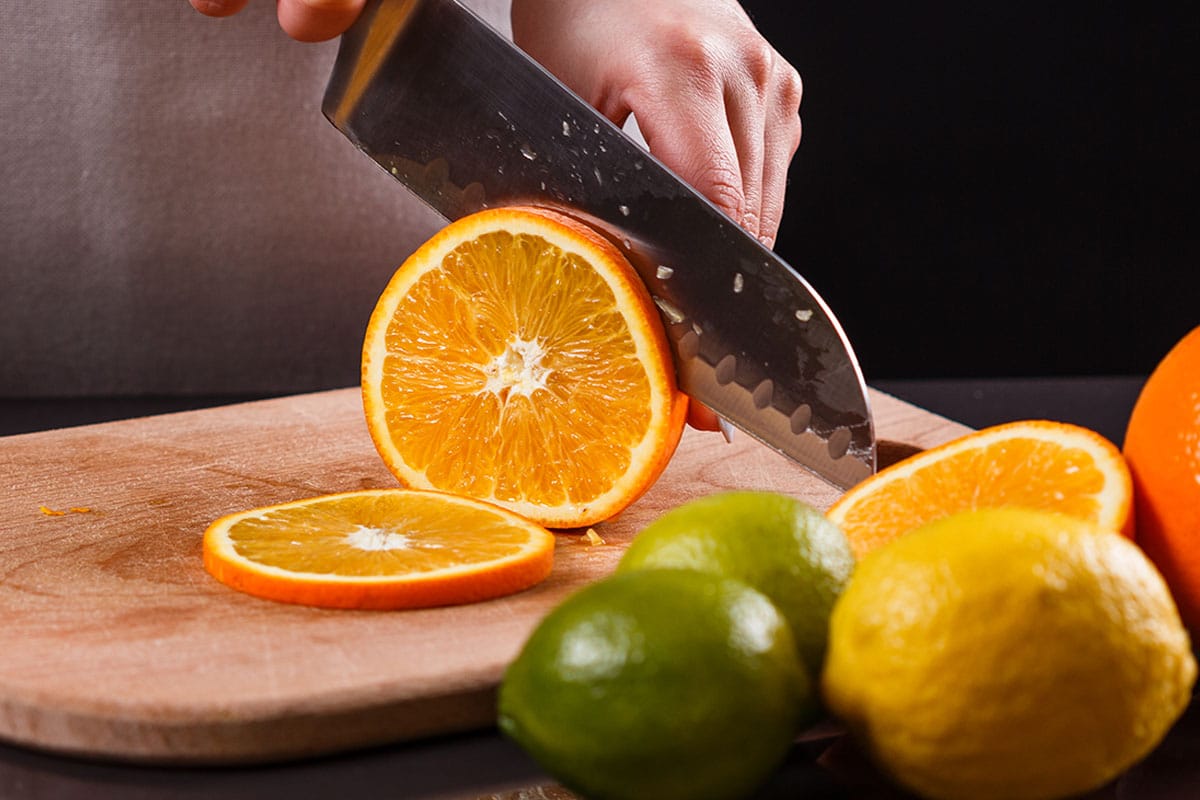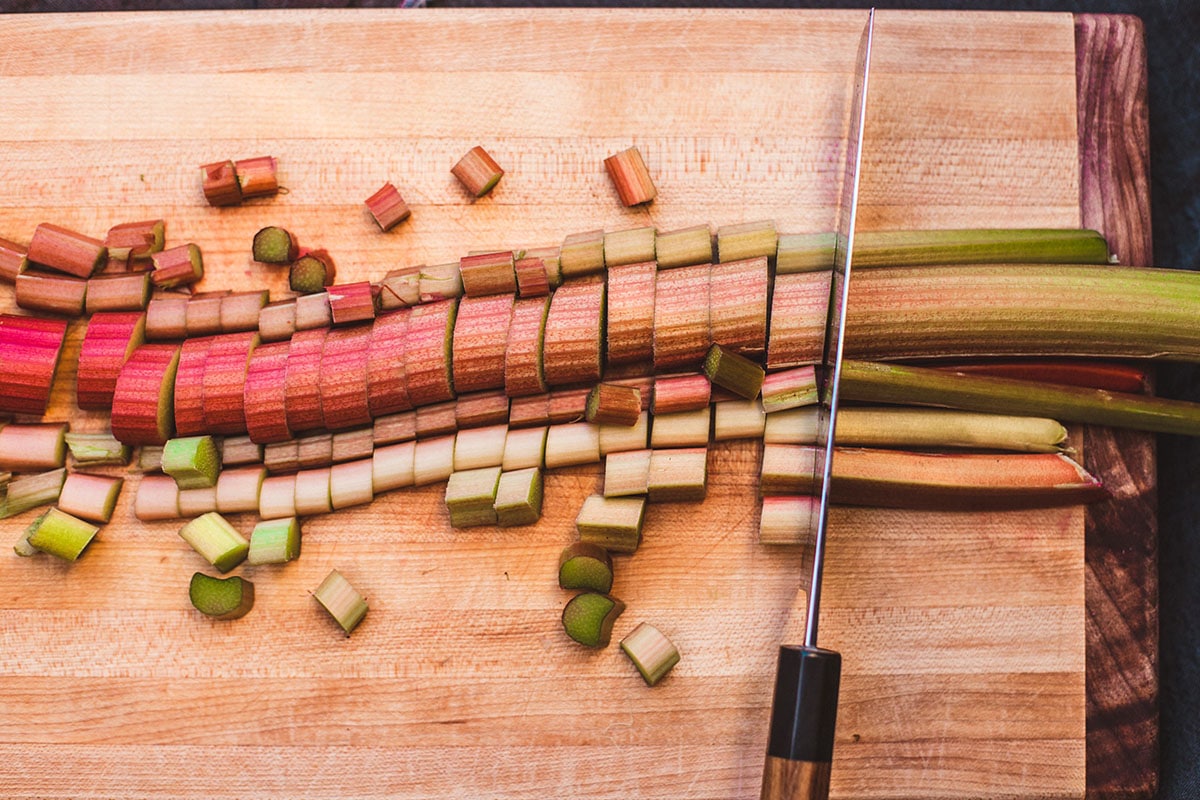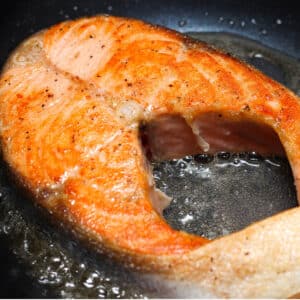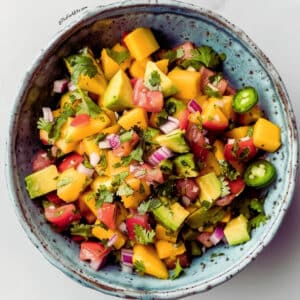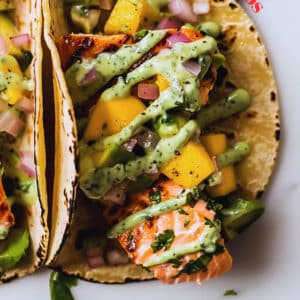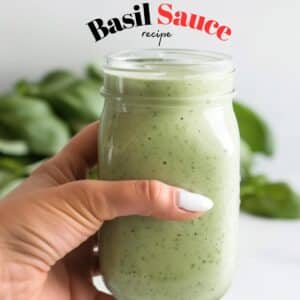How long does celery juice last in the fridge? One of the main reasons people juice at home is that they don't have to buy pasteurized, shop-bought juice.
If you are thinking about taking up juicing at home, one of the questions you may be considering is how long will fresh juice (anything from celery to strawberry and more) last in your fridge?
Jump to:
If you would care to read on, you'll find everything you need to know about home juicing, its shelf-life expectations, and more - including things like what containers to use.
How long does celery juice last in the fridge?
You can keep celery juice or any homemade juice in your fridge for anywhere between 24 and 72 hours maximum. However, if you would like to enjoy it at its most beneficial, I recommend drinking it within 20 minutes.
If you produce your juice using a centrifugal juicer, it will only last for up to approximately 24 hours.
If, on the other hand, you produce your juice with a masticating juicer, it will last anywhere up to 72 hours.
If you happen to own a twin gear juicer, it will last even longer - up to between 4 and 5 days.
The reasons for the difference in shelf-life are:
- The type of juicer you use
- Which fruits and veggies you are juicing
- The oxidation levels
- The storage method you employ
You can keep your homemade juices for longer than the guideline shelf-lives quoted above.
Still, if you do, you will seriously diminish the nutritional value of enzymes and vitamins.
Masticating vs centrifugal juicers - which is best?
Masticating juicers are otherwise known as cold or slow juicers. The speed with which the augers turn (the auger is the device that crushes the fruit and veg) is that much slower than other juicers.
Some of the more expensive masticating juicers have twin augers which increase the efficiency of the juicer.
Because the augers rotate more slowly, it prevents them from heating up, which helps to prevent the oxidization process. It means that juice made using a cold juicer will have a 2 to 3 day longer shelf-life.
On the other hand, Centrifugal juicers have many faster-pinning blades, and they tend to suck a lot more air into the machine.
Suppose you're wondering about oxidization. Imagine an apple that has been cut and left exposed to the air too long. It goes brown, right? It's an example of oxidization in action.
The other thing to bear in mind is that centrifugal juicers create more heat in the juicing process, leading to the juice spoiling quicker.
So, if prolonging the shelf-life of the juice you process is an important factor, you are far better off going for a masticating juicer rather than centrifugal.
Oxidization explained
In terms of juicing, oxidization refers to the heat generated by juices or blenders during the juicing process, degrading the juice's nutrients.
In terms of chemistry or science, it refers to a molecule losing an electron.
Suppose juice is exposed long enough to the air.
In that case, the proteins and amino acids it contains will start to chemically react with the oxygen resulting in the juice discoloring and losing nutritional value.
What impacts the levels of oxidization?
Three key factors affect the levels of oxidization in terms of juicing.
Factor 1 - The fruits and veggies being juiced
The condition of the fruits and veggies you are juicing affects the juice's shelf-life. The fresher they are, the better, as they have greater nutritional value.
Several studies have been carried out regarding various juices and their shelf lives, but in reality, most juices deteriorate at the same rate.
The most popular homemade juices, things like beetroot, dairy, carrot, lemon, and orange juice, should ideally be consumed within 20 minutes of making, or you could stretch it to 24 hours in terms of maintaining the juice's best taste and nutrition.
Factor 2 - The type of juicer
As mentioned above, the two types of juicers you usually come across on sale are centrifugal or masticating.
The masticating variant, or slow juicer, produces juice with a longer shelf life than its centrifugal cousin. It squeezes more juice out of the same quantity of fruit or veggies.
Another type of juicer produces low oxidization, and it is the hydraulic or triturating juicer.
The only problem with these juicers is that they are expensive and difficult to clean and maintain.
Factor 3 - The storage method you choose
The best way to store homemade juice is to bottle it and then store it in your fridge or freezer. Good quality storage, like bottling, helps to prolong the shelf-life of refrigerated juice.
You could use cheap plastic bottles, but these will allow fast oxidization. Glass bottles are much superior.
Another alternative is glass Mason jars. Whichever storage method you decide to use, you should transfer the juice into the bottles and refrigerate it as soon after making it as possible.
How long does fresh juice last in the fridge?
Refrigerated fruit or fruit and veggie juice will last anywhere from one to 4 days, depending on which type of juicer you used.
And whether or not you transferred the juice into glass bottles, plastic bottles, or Mason jars.
How about juices stored in mason Jars?
Mason jars are better than plastic bottles.
Many people who make homemade juice like to use Mason jars as their storage method, and with good reason too. They are infinitely superior to using plastic bottles.
Plastic bottles contain various toxins. The poorer the quality of the bottle, and the older it is, the more likely it is that the toxins will leach out into the juice.
Such leaching can be accelerated by the natural acids contained in the juice.
Glass, however, doesn't have these toxins and is therefore that much safer to use.
Mason jars have a rubber seal around the rim of the lid which helps to keep out the atmosphere.
With the top positioned firmly in place, you can store the juice inside a Mason jar for up to one day if it's been produced using a centrifugal juicer and up to 4 days maximum if you use a masticating juicer.
How quickly does the nutritional content of juice degrade?
Before I answer the question, I think it's worth pointing out that juice spoiling and juice losing its nutritional value are two separate issues.
When oxidization begins, it will result in juice beginning to lose its nutritional value after about 30 minutes.
It's best to drink it immediately to take advantage of its nutritional content.
Remember apple turning brown we talked about earlier?
A cut apple stored in an airtight container in your fridge will turn brown much more slowly. Refrigerated juice is just the same.
The better the storage, the longer its shelf-life.
How about blended juice?
When you use a blender to produce your juice, the process is halfway between centrifugal and masticating juicing.
Because there will be some heat transfer when you blend, it will shorten the shelf-life of the juice somewhat, and it will be the best consumed within one or two days.
If you're in the habit of blending a batch in the morning, there will be no problem with drinking it the next day.
If you drink it later than that, I suggest you inspect it first by sight and smell to make sure it hasn't gone off.
What is the shelf-life of frozen juice?
I'm not a great one for keeping juice in my freezer. The reason is that the longer it is kept, the more nutrition it will lose. That may not be a big issue for you, so let's discuss it.
You can keep juice in your freezer for up to approximately six months, and it will still be quite drinkable. But as I just mentioned, its nutritional content will lessen.
It won't disappear altogether, so it will still be reasonably healthy for you. That being said, I wouldn't suggest storing it for longer than three months.
Of course, you need to defrost it properly before drinking; otherwise, there will be clumps of partly thawed fruit and veggies in it - not nice.
If you're a keen gardener and you grow your own fruit and veg, you will be all too familiar with the problem of harvesting more than you can eat at once. In this instance, freezing is a good idea.
Point to remember.
If you are freezing your juice, make sure that you leave a little airspace at the top of the bottle or jar. Remember that liquid expands as it freezes.
You don't want broken glass in your freezer or spilled contents.
The same consideration needs to be taken regardless of which material your bottle or container is made from.
Signs that indicate your juice has turned bad
There are a few signs that will tell you your juice has gone or is going off.
1 The Appearance
Even before you shake or unscrew the bottle or open the container, a quick look at the juice's color can be the first clue that your juice has spoiled.
Juice will lose some of its colors after a few hours, and that is quite normal. But when it starts to turn brown, that is a sure sign it is, or has, degraded. Bin it.
2 The Smell
Fresh juice will always have a nice, fresh aroma reminiscent of the fruits and veggies from which it is made.
If you detect a sour note in the smell, it means it is turning. Don't drink it. It could upset your tummy.
The best thing to do is drink the juice straight after you've made it or within 24 hours.
Do different juices spoil at different rates?
Do juices made from veggies deteriorate at the same rate as those made with fruits - carrot versus orange, for example?
Yes. To all intents and purposes, they deteriorate at the same pace. You will, however, see a difference in the shelf-life of store-bought as opposed to homemade juices.
The reason is that the store-bought stuff has preservatives added to it so that it will last for longer. It's always worth keeping an eye on the "best-by" dates, though.
Tip:
One little trick that some people resort to is to add some freshly squeezed citrus juice into their homemade juices. It is a good trick and will extend the shelf-life by a few hours.
Making your homemade juice last longer
If you want to extend the shelf-life of your homemade juice, you need to pay careful attention to the way you store it.
The best way to store homemade juice
The right way to store your homemade juice is to keep it in an airtight container and put it in your fridge.
Before you transfer the juice into the container or bottle, make sure that it is hygienically clean. Clear, glass containers or bottles are best.
I always use glass bottles or jars. Not only is there no danger of leaching, as there is with plastic containers, but they are also more eco-friendly.
Another thing is that glass bottles or jars last longer because you put them in your dishwasher, which is so much better than hand washing.
Plastic containers will get scratched over time which not only will make them cloudy so you can't see the juice inside so well, but it also promotes leaching.
The importance of vacuum sealing
The more air you can extract from the bottles or jars, the better. Mason jars have a seal around the lid.
However, remember that you need to leave a two-inch gap at the top to allow for expansion, so it's not possible to evacuate all the air.
There are, however, some newer devices on the market now that can help when it comes to vacuum sealing.
NinjaKitchen now makes a new blender to vacuum-seal the juice in the container as you blend it. It's pretty neat. Take a look at this video on YouTube.
Juicing fresh produce
The other thing to get the best shelf-life out of your juice is to ensure that the juicing ingredients are as fresh as possible.
The older they are when you juice them, the quicker they will begin to go off. The juice won't be as tasty or nutritional either.
Some people prefer to use organic produce, which is fine if you can afford it. Even so, it still needs to be fresh.
How about making juice a day in advance?
Why not? Okay. It's best to consume juice as soon as you've made it to get the best nutritional value and taste out of it.
However, if you refrigerate it in glass bottles or jars, either vacuum-sealed or with as much air evacuated as possible, it will still be pretty tasty. It won't have lost all of its nutritional value.
Should I drink fresh juice in the morning or at night time?
From a nutritional point of view, it's best to drink your juice in the morning because of the carbs it contains. It will help you to get through the day.
Not only that but in the morning, when your tummy is empty, your body will absorb the nutrients more efficiently, which means you will get more benefits from the juice.
Things it's better not to juice.
When people get the juicing bug, sometimes they try to juice everything, but some things are better than others.
You should avoid any fruits and veggies that contain seeds that tend to be tough, that doesn't have a lot of juice, and whose texture is poor.
Some things contain chemicals that don't take well to juicing.
Fruits and veggies to avoid juicing
To round off, let's take a quick look at the produce you should avoid trying to juice.
Avoid juicing broccoli
People sometimes get carried away because broccoli is a lovely green color, and it's got a pretty good vitamin C content.
However, the matter is that it's not very easy to digests and can leave you with a bloated tummy, suffering from gas and cramping.
According to Neda Varbanova, a professional nutritionist, we should avoid other veggies from the cruciferous family. That includes cauliflower and cabbage. They, too, can give you indigestion problems.
Don't juice avocado.
Avocados aren't exactly juicy, so why try and extract juice from them in the first place?
It's best processed in a blender for things like guacamole and other dips, although it does make a presentable smoothie.
Be careful with whole apples.
It is quite possible to juice apples, but you need to take the seeds out first.
The reason is that they contain a chemical called amygdalin. It can become poisonous when metabolized in your digestive tract.
Leave coconut flesh alone.
While adding coconut milk or water to your juices or smoothies is fine, you shouldn't include coconut flesh. It simply doesn't contain enough juice.
Keep the kale at bay.
This leafy veggie contains calcium and vitamins A and C, but you shouldn't be tempted to add it to your juices. It can cause kidney stones.
Also, a lot of people have problems with something called oxalates. These too are found in leafy vegetables and can also lead to kidney stones.
Avoid pears if you are fructose intolerant.
Pears are actually pretty good for juicing. However, if you have an intolerance toward fructose, it's best to leave them alone.
Pears contain a chemical known as sorbitol. It is an indigestible form of sugar that can lead to rapid bowel movements.
That's why a lot of people sometimes drink pear juice to combat constipation.
Be careful with pineapple.
Pineapple is great when eaten whole as a source of vitamins and fiber.
However, when you juice it, much of this is lost, and what you are left with is loads of sugar. It can lead to blood sugar and insulin spikes.
Take care with citrus segments.
Citrus fruits like grapefruit, lemons, limes, and oranges are great for juicing, but it's important to peel them properly first.
The problem is that the rind of citrus fruits contains compounds that can aggravate your digestive system, and of course, they don't contain any juice anyway.
Don't try juicing rhubarb.
As lovely as rhubarb is in something like rhubarb-strawberry pie, somewhat surprisingly, it doesn't contain a lot of juice because it is so fibrous. It's not very good for your juicer either.
Drinking it fresh is best.
There can be no doubt that drinking homemade juice just after you've made it is best. Not only does it still have its full nutritional value, but its taste is at its best too.
As I recounted above, you can store juice in your fridge, preferably in glass bottles or jars.
As long as you drink it within 24 to 72 hours, it will still taste reasonable and still have much of its nutritional content, depending on what type of juicer you used.

